Agents meticulously assembled clue after clue to track down alleged Austin 'serial bomber'
"ATF bomb technicians were able to put those devices back together."
As hundreds of law enforcement officers fanned out across the heart of Texas this month in the hunt for the Austin bomber, laboratory technicians with the federal Bureau of Alcohol, Tobacco, Firearms and Explosives hunched over thousands of tiny bomb fragments in a feverish race to rebuild the devices -- knowing they'd yield key clues about their creator.
Although some of the bombs were fashioned into packages left on doorsteps and at least one was triggered by a tripwire planted alongside a street, agents were able to zero in on common parts used in all the devices to discover key clues about where they were purchased and, eventually, who bought them, officials said.
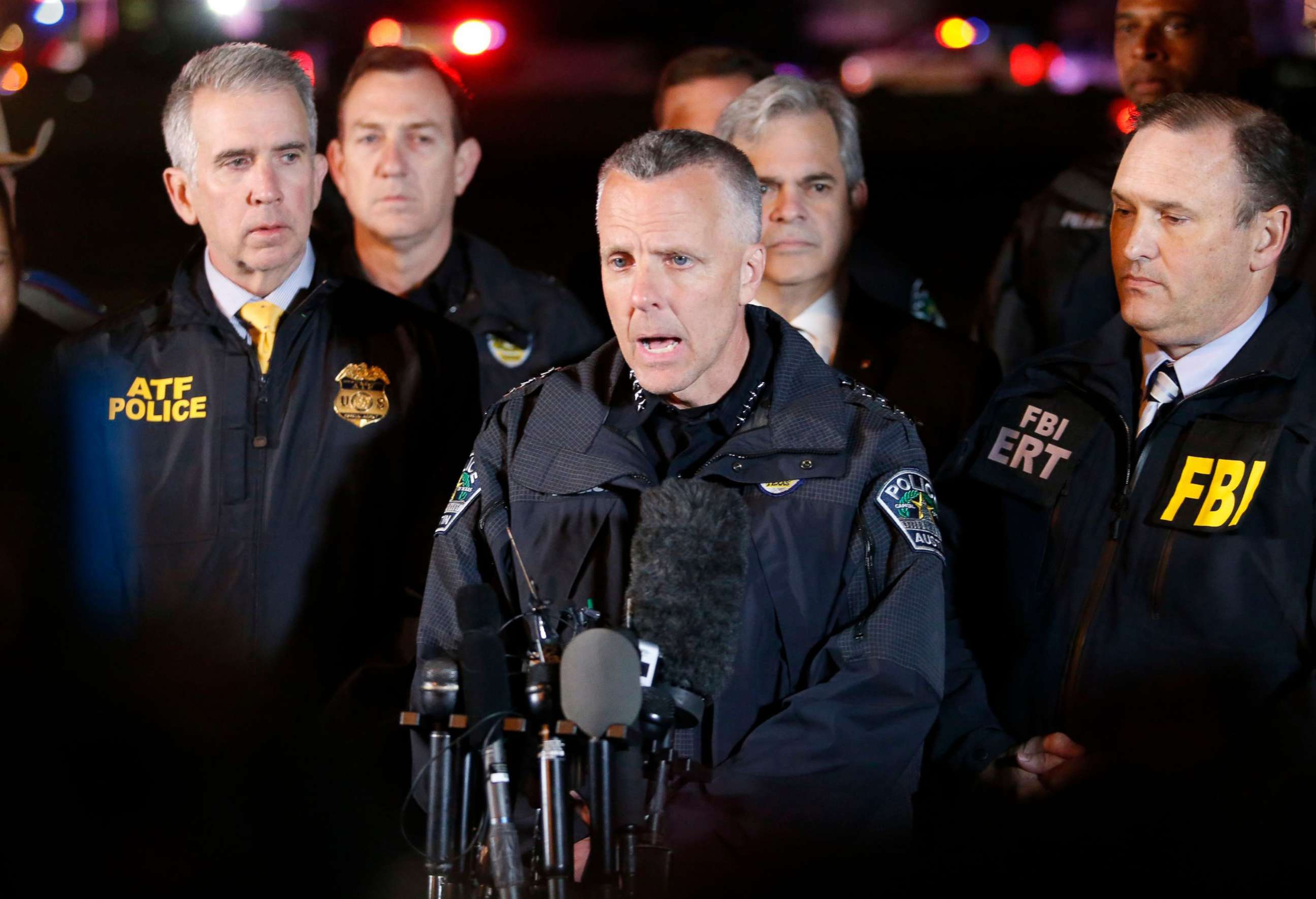
"To the public, they may have all looked different but when the ATF bomb technicians were able to put those devices back together, the components that were used were very similar," Fred Milanowski, special agent in charge of the Houston Field Division for the Bureau of Alcohol, Tobacco, Firearms and Explosives, told ABC News.
The alleged bomber became the victim of his own handy work when he detonated an explosive in his vehicle in a confrontation with police on the side of a highway outside Austin, according to a statement from the Austin Police Department. He was identified as 23-year-old Mark Anthony Conditt of Pflugerville, a suburb of Austin.
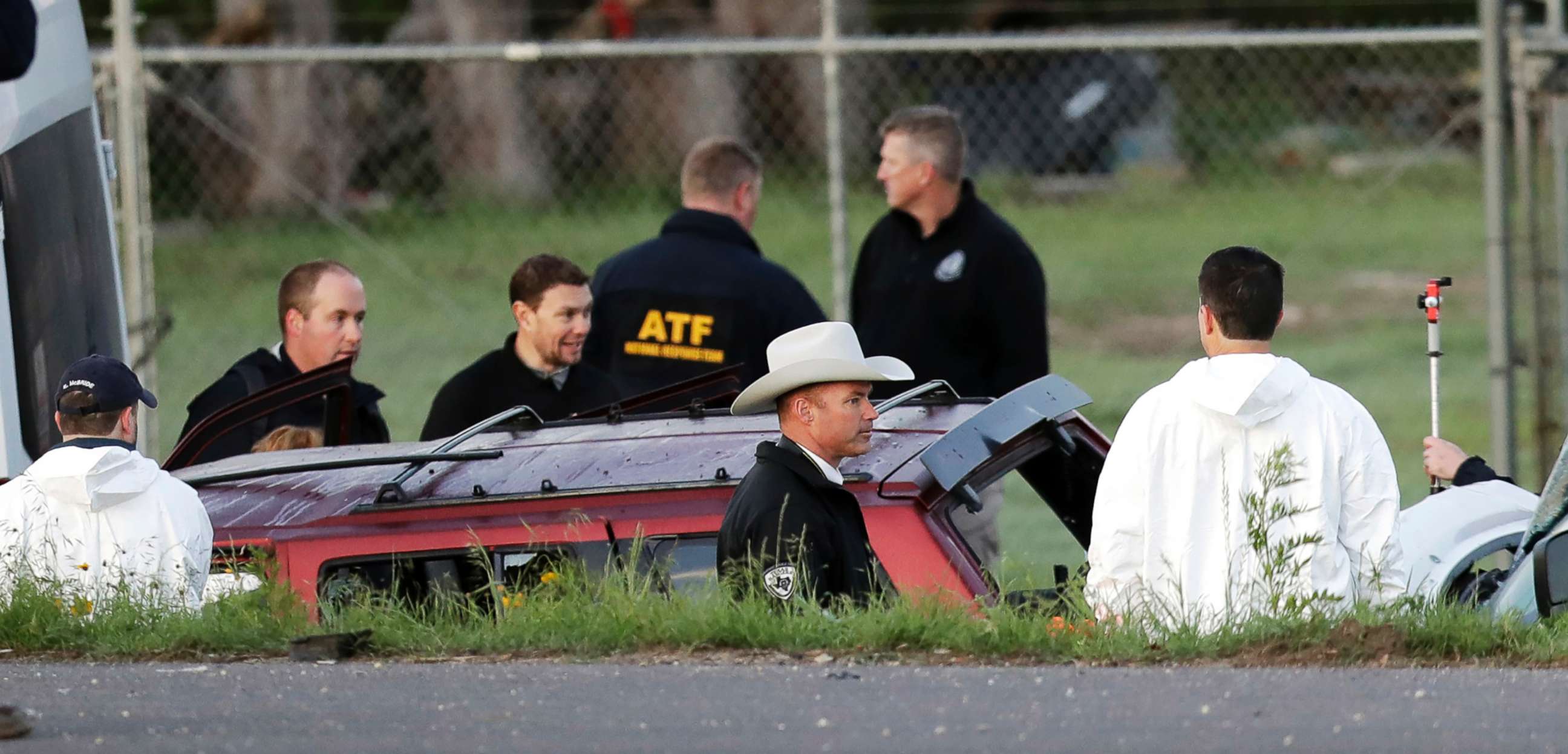
The bomber first struck March 2, when a package bomb left on a porch in north Austin killed Anthony Stephan House, 39, after he opened it. The bomber then struck twice March 12, leaving similarly packaged explosives on stoops in the Martin Luther King Jr. neighborhood of East Austin, killing 17-year-old Draylen Mason and injuring his mother.
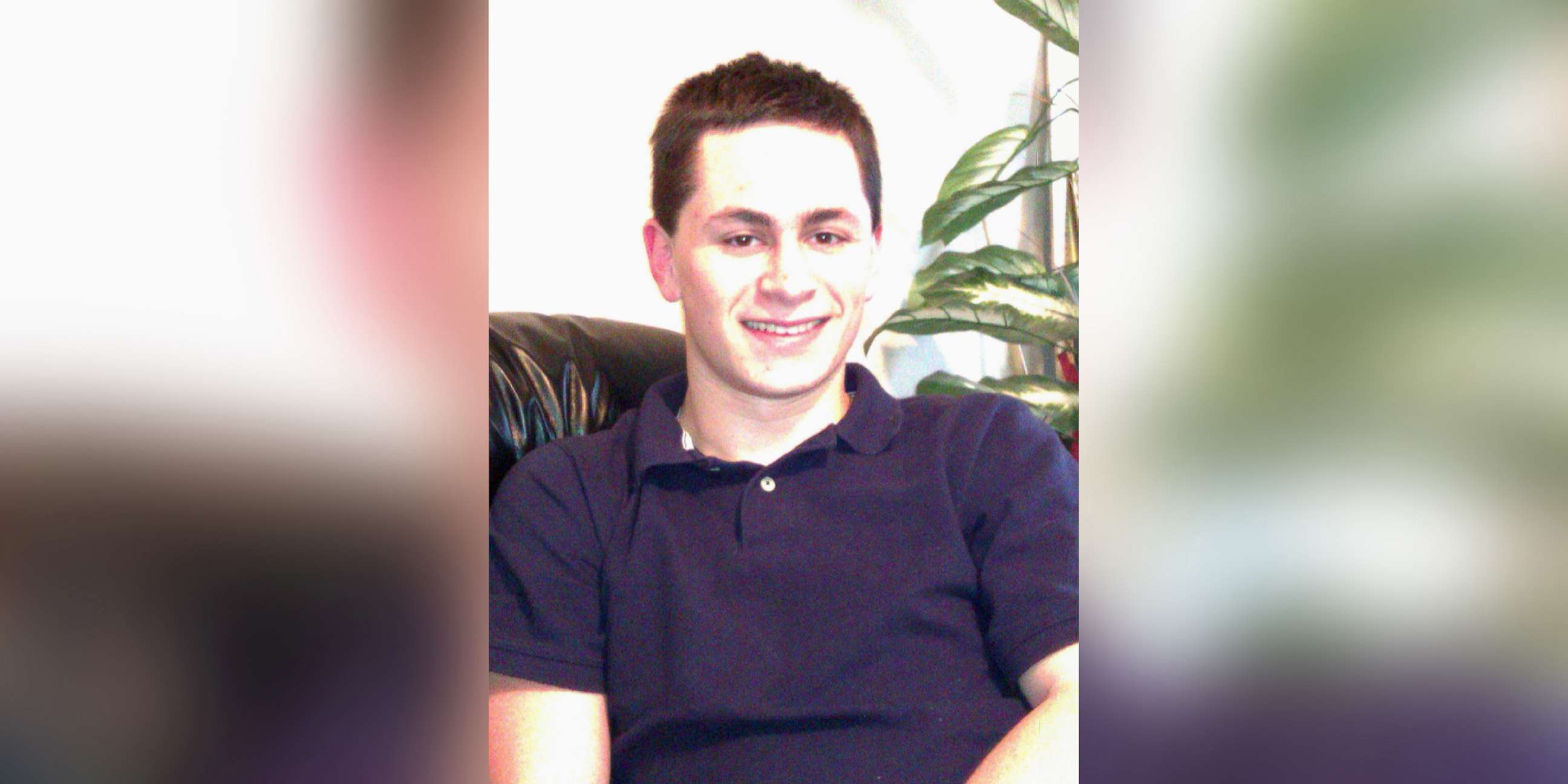
"So after the first and second one, we were very familiar with what the components were," Milanowski said. "So then when we processed the crime scene we were looking for those components. So, on the insides, they were very similar.
"Every bomber has what we call a signature and once they find a successful way to make their bomb, they usually stick with it so they don't make mistakes and injure themselves," Milanowski said. "Again, we saw that signature throughout and, you know, one of the things that was consistent in these devices was the nails and screws throughout."
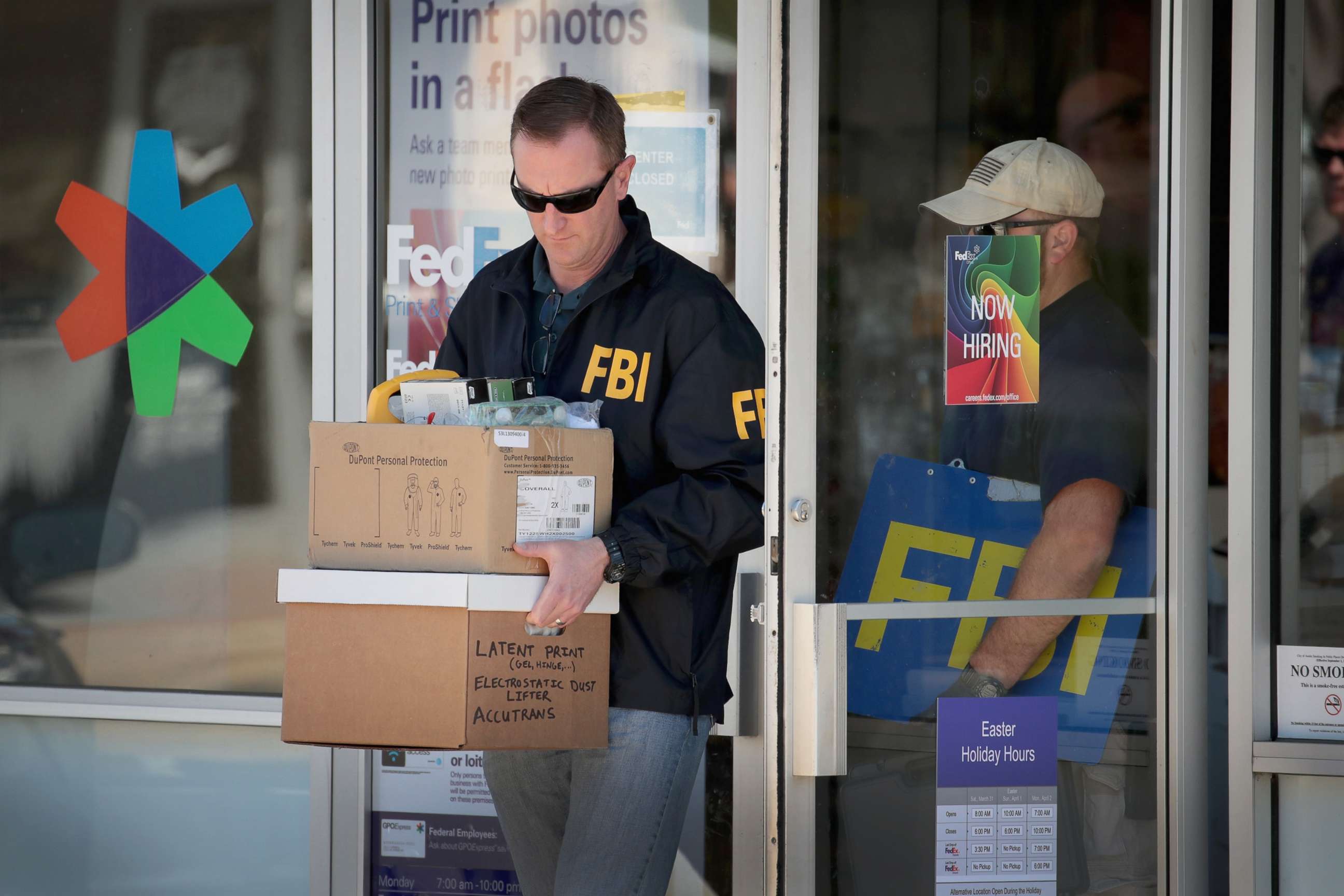
In the third attack March 19, the perpetrator changed his method of detonation, using a tripwire to trigger a blast in a residential neighborhood in southwest Austin called Travis Country, severely injuring two men, ages 22 and 23.
"When he used the tripwire, that obviously made us a little more concerned because of the randomness of it," Milanowski said. "We were really concerned that a child or young children might come across a tripwire."
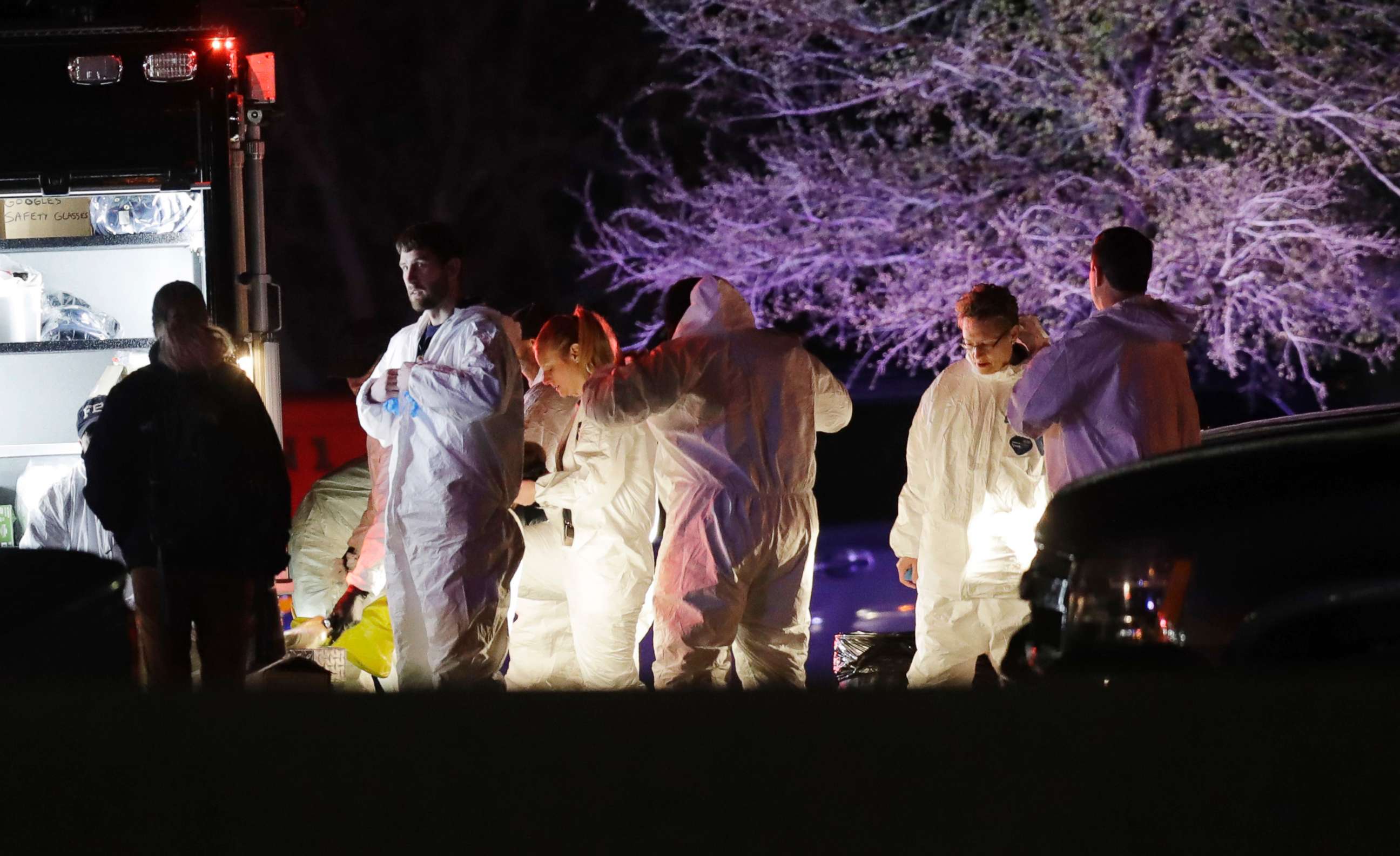
The bomber also began to pick up the pace, using FedEx to mail out at least two packages, one that exploded early Tuesday on a conveyor belt at a FexEx sorting facility near San Antonio that left one worker with minor injuries.
ATF technicians had already learned a lot about the mystery bomber by studying the thousands of pieces of metal, bolts, nails and triggering devices he used to build his arsenal.
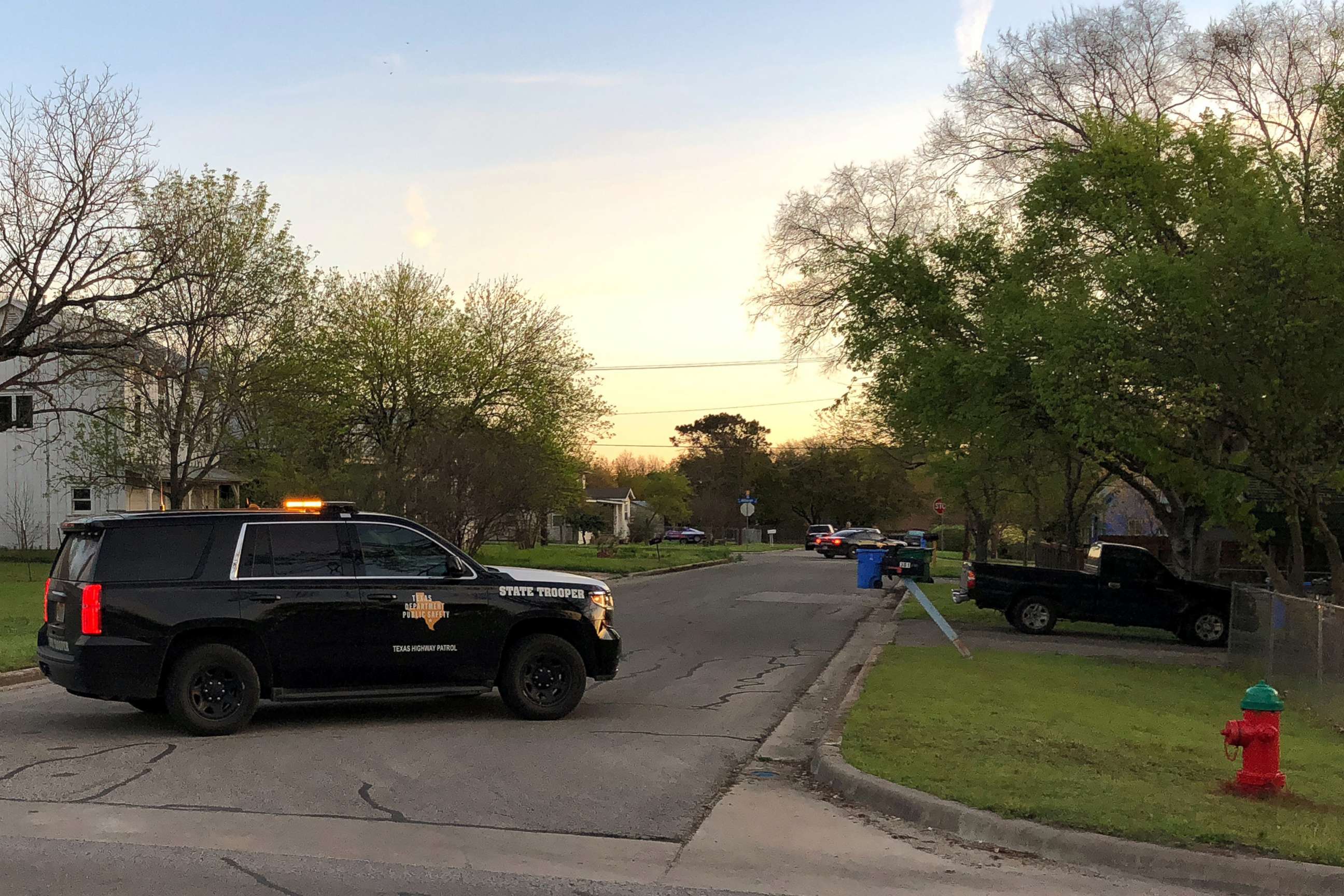
"After some analysis from our laboratory, we knew the explosive mixture that was used and so we knew exactly what the bombs were after the first and second ones," Milanowski said.
Because the bomber used the same components multiple times, which serial bombers tend to do to decrease the chances of a premature detonation, investigators also knew where he’d purchased them, Milanowski said.
Rep. Michael McCaul, R-Texas, chairman of the House Homeland Security Committee, said Conditt purchased materials he used in his bombs, including nails and battery packs, at a Home Depot near his house. McCaul, who was briefed on the investigation by the Texas Department of Public Safety, also said the suspect was caught on security footage at a FedEx shipping center in southwest Austin.
Milanowski said agents, cognizant that the bomber could strike again at any time, worked nearly around the clock, some working 17 hours straight, to glean clues in the hunt for the culprit.
"Like any bombing investigation, we try to identify all the components and we break it down to where the components are sold and who would have bought those and if they bought multiple components," Milanowski said. "And, then, eventually, you get to the suspects and tie them into other areas: The vehicle and the area, what stores they were at; was there videotape?"
He said technicians identified several devices that were "unique" and were able to narrow down who bought them.
"We know when he bought some of the components," Milanowski said. "We don't know when he bought every single one of the components, so it's hard to say whether he was building along the way or, so to speak, had them on the shelf."
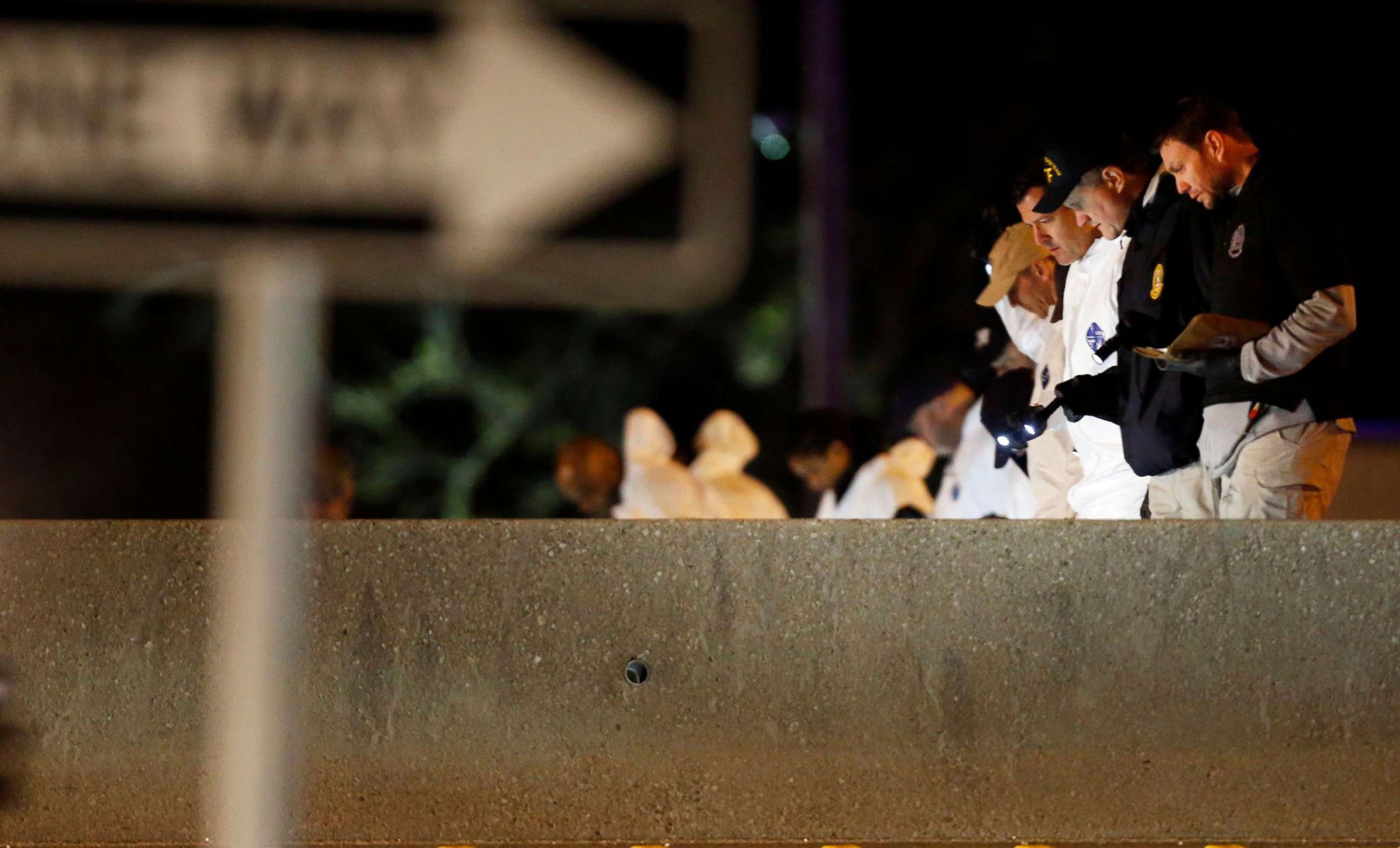
A major break in the case came Tuesday when FedEx workers discovered an intact package at a sorting facility in Austin and agents were able to quickly ascertain that it was sent by the same individual who sent the package that exploded earlier at the delivery company's facility near San Antonio.
"Fortunately, we were able to do some digging and identify this individual in the last 48 hours; able to put this together that this was our suspect," Milanowski said.
But even though the suspect is dead, Milanowski said, law enforcement can’t let down its guard.
"We are not 100 percent convinced that there are no other devices out there, so we really, really want the public to still be vigilant and if they see a suspect package or bag or backpack, please call 911," he added.
Milanowski credited the general public for sending in numerous tips that local, state and federal officers chased down and for reporting hundreds of suspicious packages that were investigated.
He said the coordination between the various agencies involved "was the most critical part" of the probe.
"Every single agency brought their A team to this investigation," Milanowski said.




